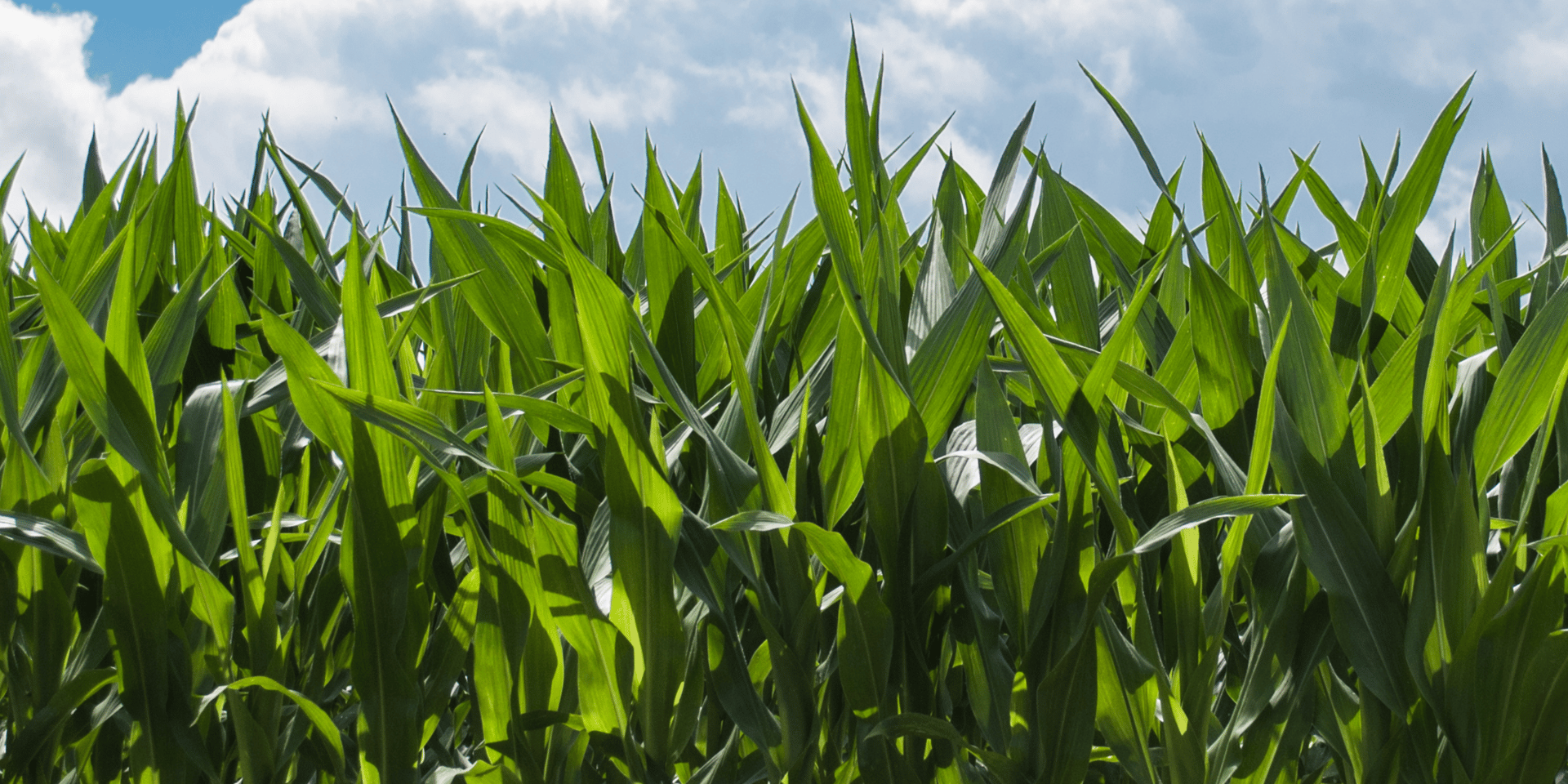Why textbook nitrogen cycles are outdated: organic nitrogen discovery

Introduction: why the nitrogen cycle matters
The nitrogen cycle is one of the most fundamental concepts in ecology and agriculture. It explains how nitrogen moves between the atmosphere, soil, plants, and microbes. Traditionally, textbooks show nitrogen as moving through a series of inorganic forms—ammonium, nitrate, nitrite—before plants can absorb it.
But recent discoveries have shown that this simplified cycle is incomplete. Thanks to the pioneering research of Swedish scientist Torgny Näsholm, who was awarded the Marcus Wallenberg Prize, we now know that plants can absorb organic nitrogen directly from soil in the form of amino acids such as glycine and arginine.
This changes how we think about soil fertility, ecosystem modeling, and even sustainable farming.

What textbooks get wrong about nitrogen
In nearly every biology or agriculture textbook, the nitrogen cycle is presented in this way:
-
Atmospheric nitrogen is converted by microbes into ammonium.
-
Ammonium is transformed into nitrate through nitrification.
-
Plants absorb nitrogen only as nitrate or ammonium.
-
Denitrifying microbes return atmospheric nitrogen back to the atmosphere.
What’s missing? Organic nitrogen. For decades, it was assumed plants could not take up amino acids directly, and that they had to wait for microbes to “mineralize” organic matter into inorganic forms.
Näsholm’s breakthrough: plants take up amino acids directly
Näsholm and his colleagues overturned this idea with elegant tracer studies. By injecting isotopically labeled amino acids into boreal forest soils, they showed:
-
Trees absorbed at least 42% of labeled glycine intact.
-
Grasses absorbed 64%.
-
Shrubs absorbed 91%.
This demonstrated that plants can take up amino acids directly, without mineralization. Later research confirmed uptake of other amino acids, including arginine, across different ecosystems. Root uptake of arginine is by far the highest compared to the other amino acids. It's plants' preferred source of organic nitrogen.

This finding proved that the traditional nitrogen cycle was incomplete, and that textbooks were overlooking a major nitrogen pathway.
Why this matters for science and farming
1. Ecosystem modeling
Organic nitrogen uptake changes how we model nutrient flows in forests, grasslands, and agricultural soils. Plants and microbes don’t just compete for inorganic N; they also share or compete for amino acids.
2. Agriculture and fertilizer efficiency
Soybeans and other legumes rely on nodulation for nitrogen. High synthetic fertilizer levels suppress nodulation. But amino acid–based fertilizers like arginine formulations (e.g., Arevo®) supply nitrogen in a non-microbial, non-competitive form that plants can absorb while still maintaining nodule activity.
3. Climate change resilience
In dry soils, nitrate mobility decreases and microbial mineralization slows. Organic nitrogen uptake allows plants to access a stable nitrogen source even under drought stress, improving resilience.

An updated nitrogen cycle model
The modern nitrogen cycle must include:
-
Atmospheric fixation → ammonium → nitrate pathways (classic).
-
Symbiotic fixation by legumes.
-
Organic nitrogen pool (amino acids, peptides).
-
Direct plant uptake of amino acids, bypassing mineralization.
This updated view reflects the real complexity of soil–plant–microbe interactions and acknowledges Näsholm’s paradigm-shifting discovery.
FAQs on the updated nitrogen cycle
-
Do all plants take up amino acids directly?
Yes, evidence shows uptake across trees, grasses, shrubs, and crops, though efficiency varies. -
Why didn’t textbooks include this before?
The concept was not widely accepted until tracer experiments in the 1990s provided proof. -
Does this mean synthetic fertilizers are unnecessary?
Not entirely—but it means organic nitrogen sources can play a bigger role in sustainable nutrient management. -
Which amino acids are most studied?
Glycine and arginine have been studied extensively, but plants likely absorb a broad range. -
How does this discovery help farmers?
It opens the door to new fertilizer strategies (like amino acid–based nutrition) that complement microbes instead of competing with them.
Conclusion: rewriting the nitrogen cycle
Torgny Näsholm’s work has forced scientists to redraw one of the most fundamental diagrams in ecology. The nitrogen cycle in textbooks is incomplete without organic nitrogen uptake. By recognizing amino acids as a direct nutrient source, we gain a more accurate view of ecosystems and unlock new opportunities for sustainable agriculture.
References and sources
-
Näsholm, T., et al. (1998). Boreal forest plants take up organic nitrogen. Nature, 392, 914–916.
-
Näsholm, T., et al. (2009). Uptake of organic nitrogen by plants – Tansley Review. New Phytologist, 182(1), 31–48.
-
Persson, J., et al. (2006). Uptake, metabolism and distribution of organic and inorganic N by plants. Journal of Experimental Botany, 57(11), 2651–2661.
-
Salvagiotti, F., et al. (2008). Nitrogen uptake, fixation and response to fertilizer N in soybeans: A review. Field Crops Research, 108(1), 1–13.
-
Marcus Wallenberg Prize. (2007). Award to Torgny Näsholm for discoveries on plant nitrogen uptake.